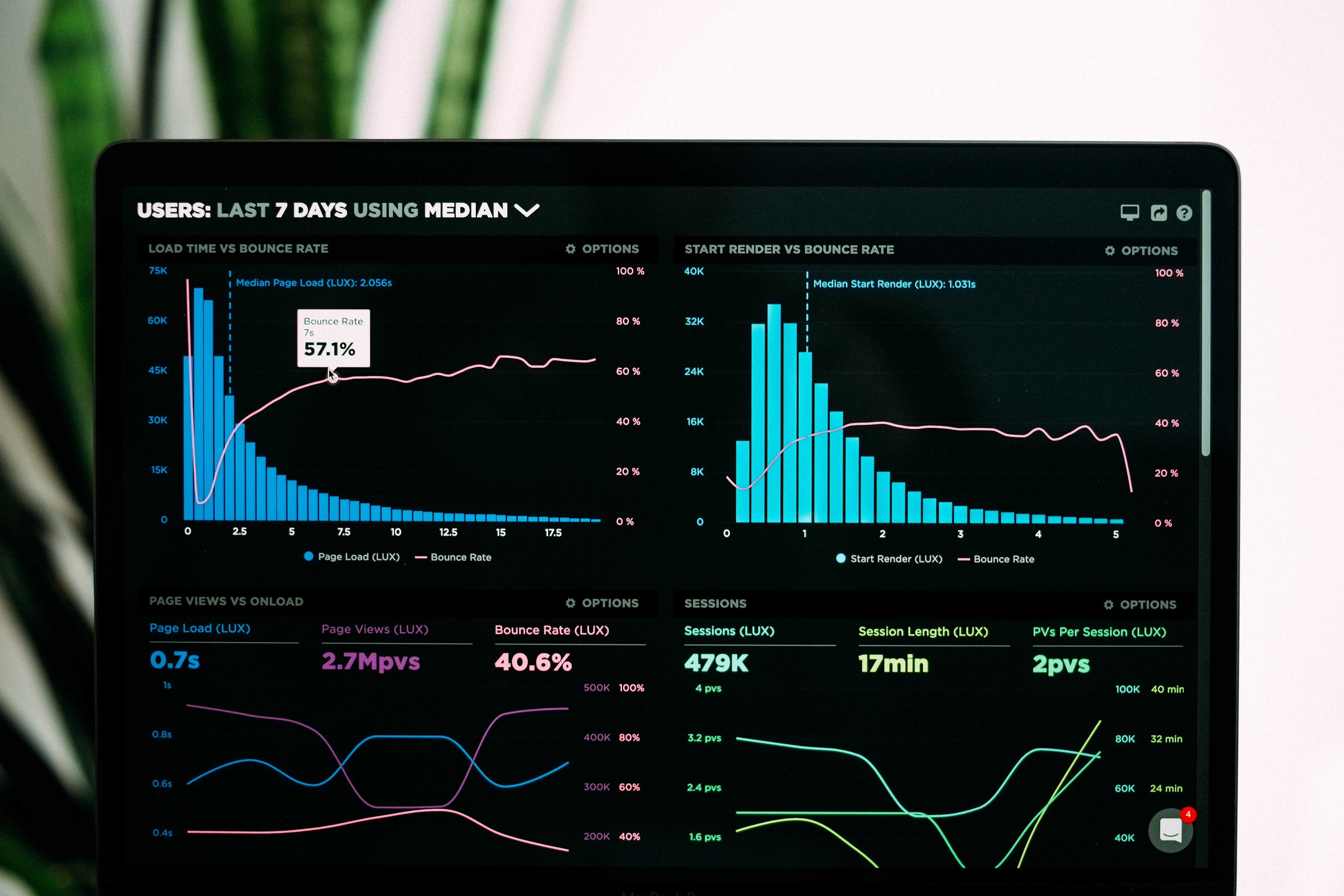
CONTEXT: Publication of analysis from an ongoing 5-year longitudinal observational study of more than 4,400 patients with inflammatory bowel disease (IBD) in the Journal of Clinical Gastroenterology. This paper includes analysis of data from 2,900 patients across 34 academic or community sites in the US comparing younger patients with an older age group. Initial findings show younger patients were significantly more likely to use anti-tutor necrosis alpha (anti-TNF) mono therapy compared to older patients with IBD.
IMPACT: Low
READ TIME: 3 mins
Quality Level Mean [1 – 10]: 7
1. “An estimated 1.6 million Americans live with an IBD diagnosis, and there is no cure.1 Approximately one-third of new cases of CD are diagnosed in elderly patients.2 While the overall incidence of IBD is relatively stable, the prevalence of IBD continues to increase as the population ages.3. Older adults face practical concerns with IBD treatment.”
2. “”Understanding patterns between these two populations of Crohn’s disease and ulcerative colitis patients is critical to informing future evaluations and clinical outcomes,” said Edward Barnes, MD, MPH, Assistant Professor of Medicine, Division of Gastroenterology and Hepatology, University of North Carolina at Chapel Hill, and lead author of the study.”
3. “”Given the aging population in the United States, and the host of issues that come along with treating older patients, utilization patterns have long-term implications for IBD control.””
4. “In one retrospective study, 94% of patients age 65 or older with IBD were taking three or more medications.4 Understanding the medication utilization patterns among older patients with CD and UC will be a critical component to future evaluations of clinical outcomes in this population.”
5. “TARGET-IBD is an active 5-year longitudinal, observational study of more than 4,400 adult and pediatric patients with IBD receiving usual care from 36 academic and community centers throughout the U.S. Real-world data is collected retrospectively for three years from the time of the patient’s date of consent and patients are also followed prospectively for a minimum of five years.”
